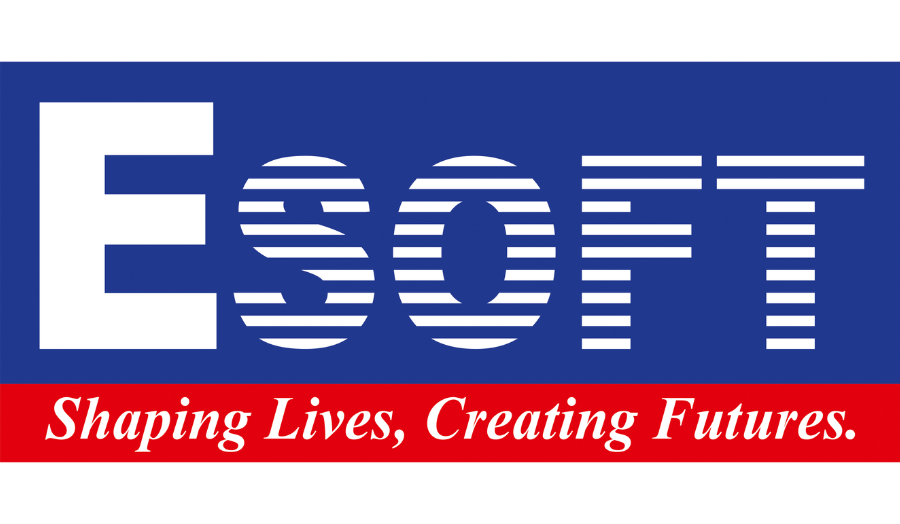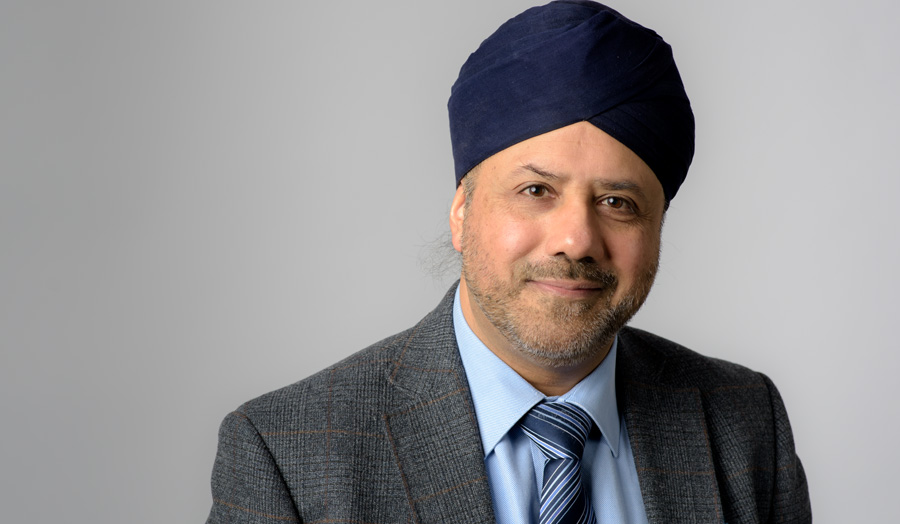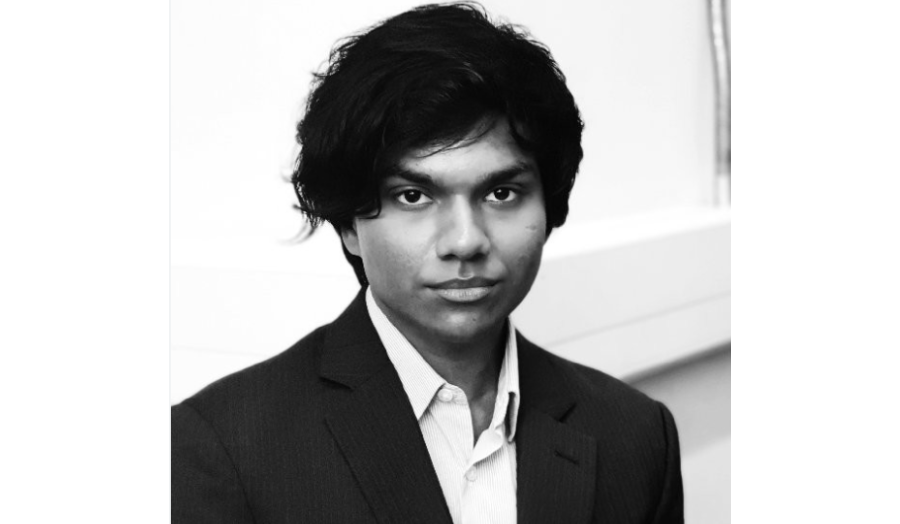Although digital image recognition technologies for visually impaired people are commercially available, they are still immature and must be revised in their capabilities. Some areas for improvement of the existing image recognition (IR) tools for blind people are information accuracy, information adequacy, information appropriateness for blind individuals, sufficient functionality and the suitability of ergonomics.
This IR research is to develop technology that uses an inclusive approach that overcomes the limitations of the existing digital image recognition technology for blind people. To expedite the research, the initial phase will be to critically evaluate the deficiencies of the existing image recognition technologies for blind/visually impaired users with primary and secondary investigation. This will help pinpoint the key deficiencies where assistive technology developers will need to focus their attention on.
The research will use blind people to evaluate the existing image recognition tools against the proposed checklist that meets ISO 9241-110 standard. In the research, a prototype image recognition system will be developed, based on the formal ergonomic/usability principles established in this research. The development of the prototype will use expertise in various technologies, including computer vision, machine learning, AI and embedded electronic systems and sensors. This will be grouped into basic software and hardware categories.
The research project aims to answer the question, “What considerations and inclusive approaches should be taken into account in the design/development framework of image recognition technologies intended for blind and visually impaired people?”
The project team consist of but is not limited to ESOFT (partner institute), Dr Sandra Fernando, Prof. Bal Virdee, and Dion Mariyanayagam.
.png)
Image: Tolga Karatas – A blind student who completed his Business Information Technology BSc at London Met in 2017, reading a scientific diagram. Photo Credit: Dr Sandra Fernando
Project team
Project partners
ESOFT (partner institute)


.jpg)

